Located in the ancient city of Didyma in Turkey, the Temple of Apollo stands as a magnificent testament to the grandeur of ancient Greek architecture and the rich mythological heritage of the region. With its colossal size, impressive columns, and intricate details, the temple holds a significant place in history and continues to captivate visitors with its awe-inspiring presence. In this article, we will delve into the allure of the Temple of Apollo, shedding light on its historical context, architectural features, and the mythological significance it carries.
Historical Context: The Temple of Apollo, also known as the Didymaion, was one of the most important religious sanctuaries in ancient Greece. Construction of the temple began around the 8th century BCE and continued for several centuries, with subsequent rulers adding their own touches to the structure. The temple was dedicated to Apollo, the Greek god of music, light, and prophecy, and served as a place of pilgrimage and oracle.
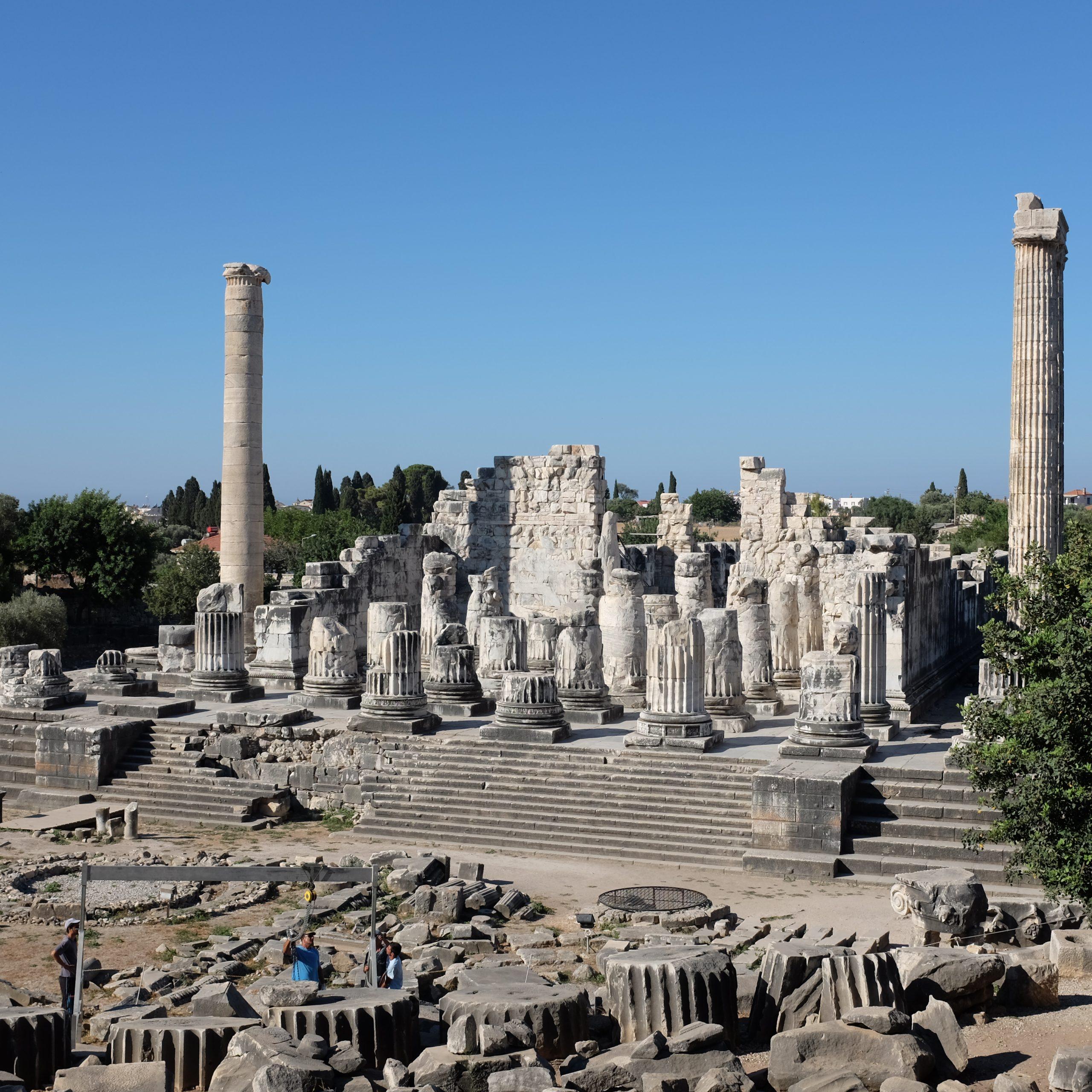
Architectural Features: The Temple of Apollo is renowned for its colossal size and impressive architectural design. The most striking feature of the temple is its massive columns, which were among the largest ever constructed in the ancient world. Originally, there were 122 columns, each reaching a height of approximately 20 meters. These columns, with their intricate fluting and elaborate bases, created a majestic sight that could be seen from afar.
The temple was designed in the Ionic architectural style, characterized by its graceful proportions and decorative elements. The intricately carved friezes and pediments depicted various mythological scenes, showcasing the artistic and storytelling prowess of ancient Greek artisans. Although the temple was never completed, the existing ruins offer a glimpse into the original grandeur and artistic splendor of the structure.
Mythological Significance: The Temple of Apollo at Didyma held great mythological significance. According to Greek mythology, Didyma was the place where Apollo killed the Python, a monstrous serpent associated with the earth goddess Gaia. This event marked Apollo’s victory over darkness and chaos, and the temple was built to honor his role as the god of light and prophecy.
The temple also served as an oracle, where visitors sought guidance and predictions from the priestess, known as the Pythia. It was believed that the Pythia channeled Apollo’s wisdom and provided insights into the future. The oracles delivered at the Temple of Apollo were highly regarded in the ancient world and attracted visitors from far and wide.
Visiting the Temple of Apollo: A visit to the Temple of Apollo offers a captivating journey back in time, allowing visitors to witness the remnants of an ancient civilization and immerse themselves in the mythological stories that shaped the region. The expansive site includes the temple ruins, the sacred spring, and the remains of other structures that once formed part of the sanctuary.
As visitors explore the site, they can marvel at the massive columns, imagine the temple in its full splendor, and reflect on the spiritual and cultural significance it held for the ancient Greeks. The surrounding landscape, with its serene atmosphere and views of the Aegean Sea, adds to the mystical ambiance of the temple complex.
Conclusion: The Temple of Apollo in Didim
stands as a testament to the architectural prowess, mythological heritage, and spiritual devotion of ancient Greece. Its grandeur, colossal columns, and mythological significance make it a must-visit destination for history enthusiasts and those intrigued by the rich tapestry of Greek mythology. A journey to the Temple of Apollo offers an opportunity to connect with the past, appreciate the artistic achievements of ancient civilizations, and marvel at the enduring legacy of Apollo, the god of light and prophecy.
Book Your Flights : Here 30% OFF on Booking
Book Your Hotels : Here 20% OFF on Booking


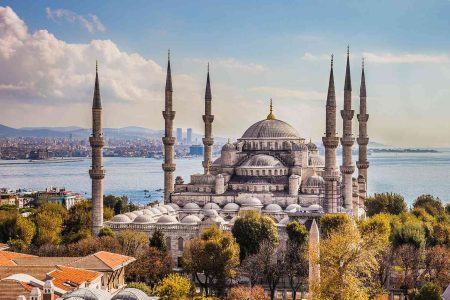
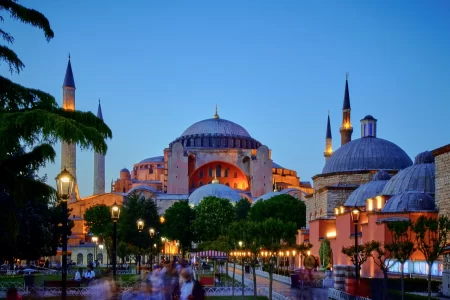


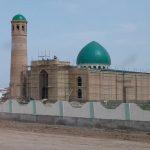

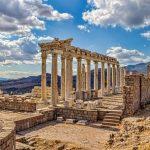

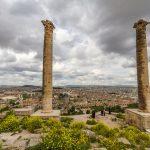
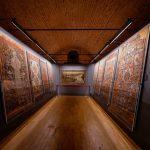




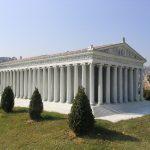
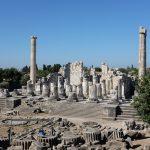
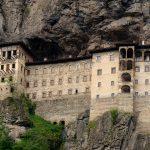

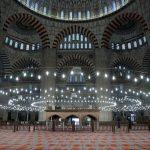
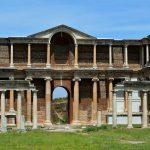
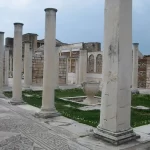




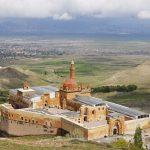


0 Comment